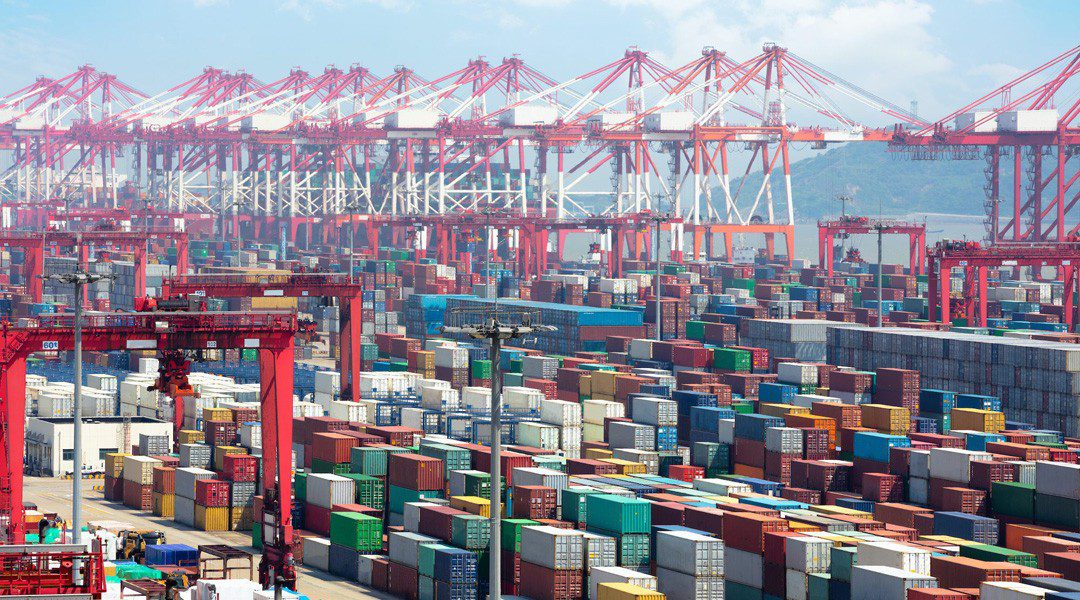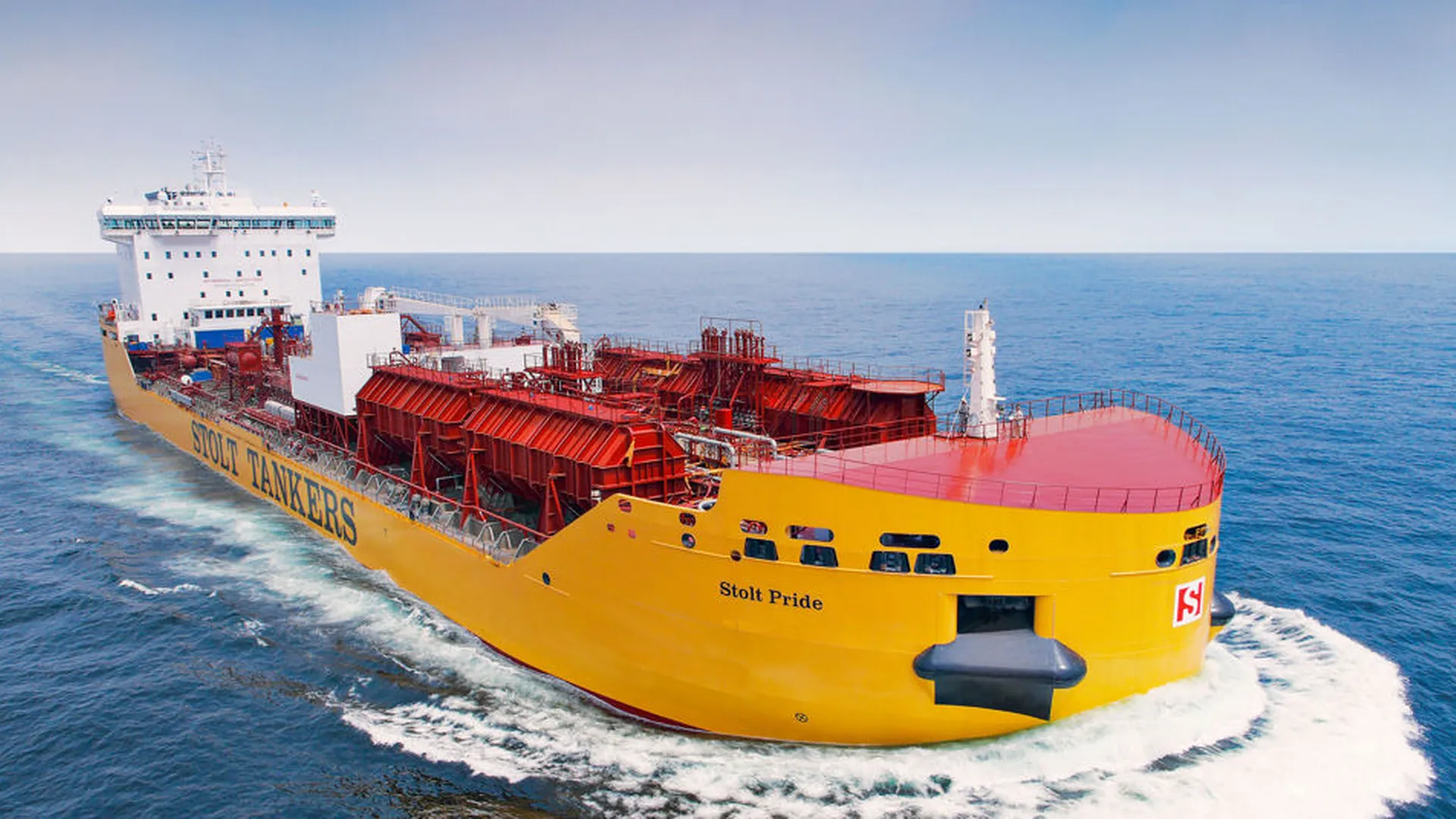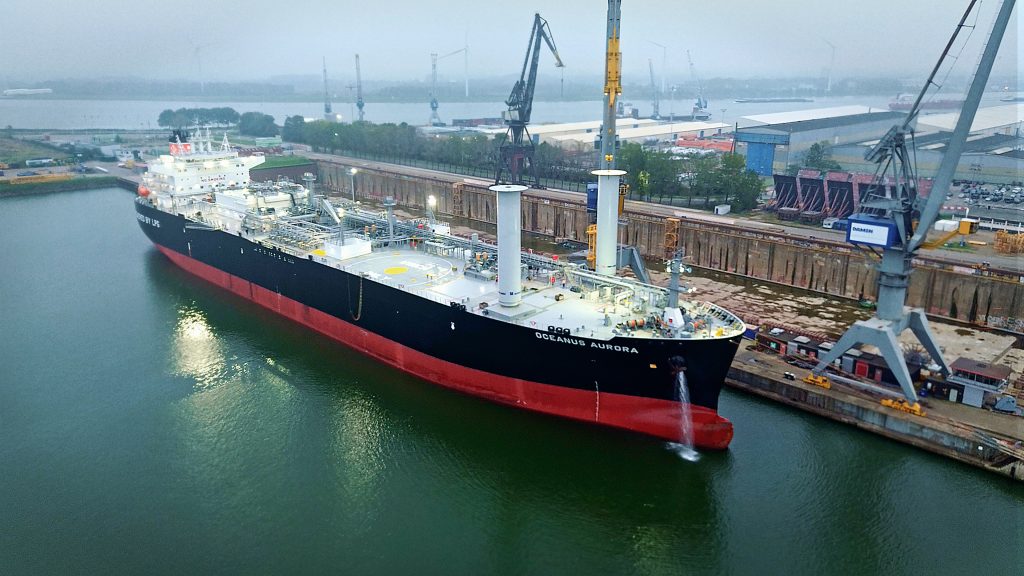Wales has issued a ports prospectus positioning the country as a central hub for the UK’s offshore wind build-out, projecting “over 20GW” of operational capacity around its coastline by 2045.
The document identifies “two Freeports” offering tax and customs incentives as key enablers of investment and highlights the sector’s potential to deliver “29,000” jobs, a “£4.5 billion” economic impact and energy to power “over four million homes by 2030.”
Rebecca Evans MS, Cabinet Secretary for Economy, Energy and Planning, wrote that “we are ready, our ports are prepared, and the opportunity is now.” The prospectus cites Celtic Freeport—operational since November 2024 at Milford Haven and Neath Port Talbot—as a major driver of clean growth, with “more than £8.4 billion” in planned investment and “11,500” projected new jobs. It also notes “seabed leases” already awarded and increasing developer activity around Pembroke Dock and Port Talbot.
The Freeport package includes Employer National Insurance relief on new employees earning up to £25,000 for three years, business rate relief for up to five years, 100% capital allowances on qualifying plant, machinery and buildings, Stamp Duty Land Tax relief, customs simplifications, retention of Non-Domestic Rate growth for reinvestment, and seed capital of “up to £25m per Freeport.”
The Port of Mostyn is advancing an expansion “following recent planning approval,” adding “13 acres” of laydown, a “265m” heavy-duty quay with “-12m Chart Datum” depth, “80 t/m²” lift capacity and a “50m” RoRo bank-seat.
Once complete, the port will total “565m” of berths, “120 acres” of marshalling and assembly space, and “20,000 m²” of industrial buildings.
According to the prospectus, as of September 2025 global operational offshore wind capacity stood at “over 91 GW,” while the UK was expected to reach “over 17 GW” of capacity in 2025, with projects “totalling 24.3 GW” in the planning pipeline.
Funding mechanisms referenced include The Crown Estate’s £50 million Supply Chain Accelerator—of which nearly £5 million was awarded to 13 organisations in December 2024, with a further round of “up to £15 m” planned—and Great British Energy’s £1 billion programme for clean-energy supply chains, with “£300 m” earmarked for offshore wind and electricity networks.
The prospectus also mentions the National Energy System Operator (NESO), established in October 2024 as an “independent, expert public corporation” responsible for operating and planning the UK’s energy systems across electricity, gas and hydrogen to 2050.
Port of Mostyn is a privately owned statutory harbour and pilotage authority located on the Dee Estuary in North Wales, handling heavy-lift operations and specialist logistics across various vessel classes.
Stena Line Ports Limited is the operator of the Port of Holyhead on Anglesey, a key Irish Sea gateway providing passenger and freight links to Dublin and facilities for operations, maintenance and cargo handling.
Associated British Ports (ABP) is the UK port owner and operator managing 21 ports, including Port Talbot and Swansea. The company supports industrial, energy and logistics activities across its national estate.




